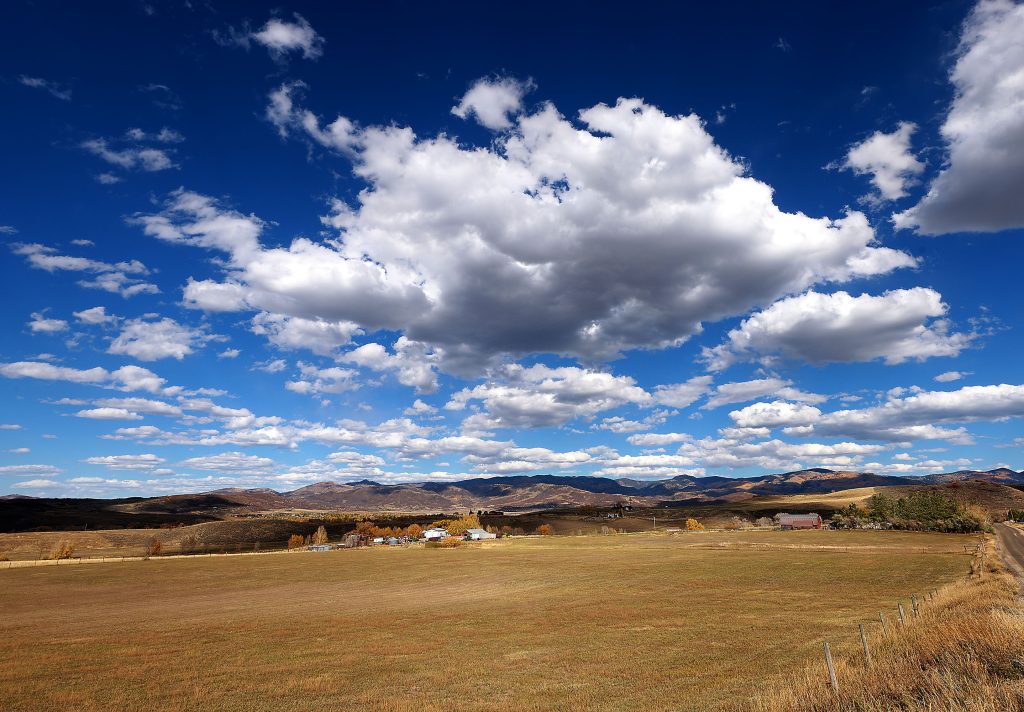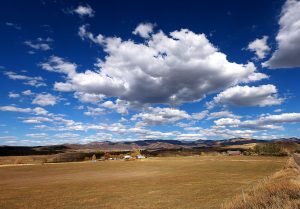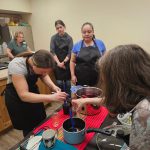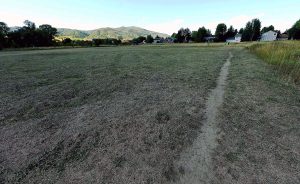CAA: What is regenerative agriculture?
Community Agriculture Alliance

John F. Russell/Steamboat Pilot & Today
This question has been popping up frequently in the news and in publications. Attempts have been made to define it but most find it is hard to nail down.
Some States have tried to define it in order to encourage farmers and ranchers to adopt practices that are “regenerative”, practices such as no till, cover crops, increasing diversity, all lead back to improving soil health.
So what then is soil health and what does it have to do with regenerative agriculture?
I don’t mean to go in circles here but our history on the soil is complex. Way back in the history of the USA we have encouraged farming. The first settlers that came to this country were farmers. Even back then we realized that plowing and planting took something from the soil. Farmers tended to move on as the soil got depleted.
This is especially easy to follow in the history of tobacco. Small plots received animal manure to nourish the soil but this wasn’t possible on larger plots given the limits to human power as the main tool available.
As westward expansion was in its heyday, a popular mantra was “rain follows the plow” to encourage settlement of what at the time was known as the “Great American Desert”, the great plains.
They soon learned this was not true as drought and the dust bowl occurred and millions of tons of top soil blew away. In the not so distant past we began hearing that we only had 60 harvests left before we ran out of topsoil. This brought the concept of soil health to the forefront.
The concept of soil health was born when we looked at agricultural soils and compared them to virgin or native soils.
Virgin or native soils are teeming with life; bacteria, fungi, protozoa, insects and worms. Comparatively, agricultural soils are dead. Why? Repetitive plowing, synthetic fertilizers, pesticides, and cropping systems have been blamed.
So how do we improve soil health?
Depending on who is speaking there are 4-6 principles to follow. I prefer these 6.
• Know your context
• Minimize disturbance
• Keep the soil covered
• Maximize biodiversity
• Keeping a living root
• Integrating livestock
Some leave off context and livestock but I believe they are key.
Context is your unique situation, rainfall, elevation, soil type or everything that will affect what your soil is capable of.
Minimizing disturbance is important because the underground network of fungal and other microorganisms is sensitive to physical (and chemical) disruption.
This means keeping a living root in the soil. Maximizing biodiversity is important both above and below the soil to provide micronutrients to organisms in the soil and plants and animals on the surface. The integration of grazing livestock is important to cycle the nutrients.
In summary, regenerative agriculture is a set of practices that use the soil health principles in their land management plan.
The improvement of soil health can be measured but that is a whole other conversation. So animals and products themselves are not regenerative but they can be produced from inputs that are produced on regeneratively managed lands.
Dr. Kathryn Bedell is a rancher, local food advocate and a Colorado Agriculture Commission member.

Support Local Journalism

Support Local Journalism
Readers around Steamboat and Routt County make the Steamboat Pilot & Today’s work possible. Your financial contribution supports our efforts to deliver quality, locally relevant journalism.
Now more than ever, your support is critical to help us keep our community informed about the evolving coronavirus pandemic and the impact it is having locally. Every contribution, however large or small, will make a difference.
Each donation will be used exclusively for the development and creation of increased news coverage.







